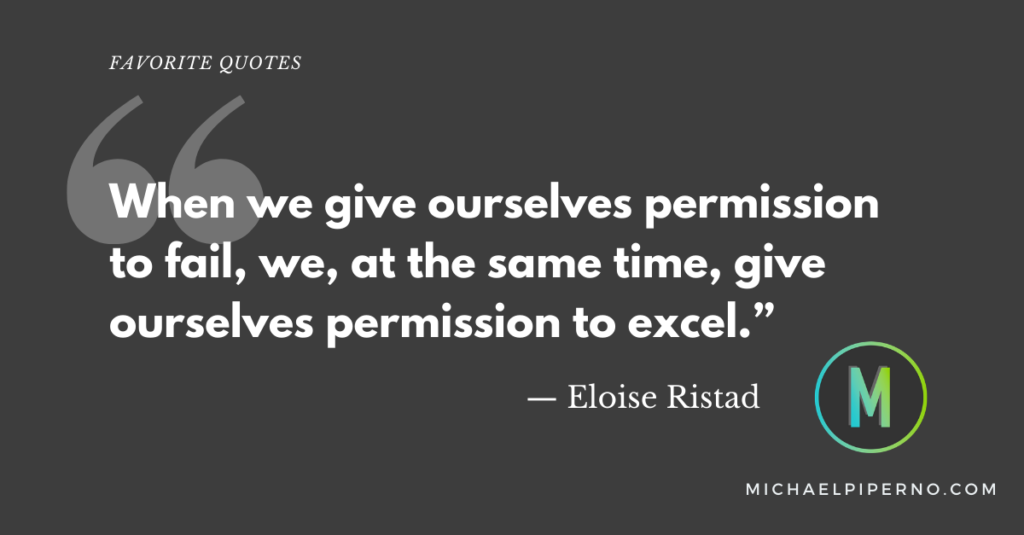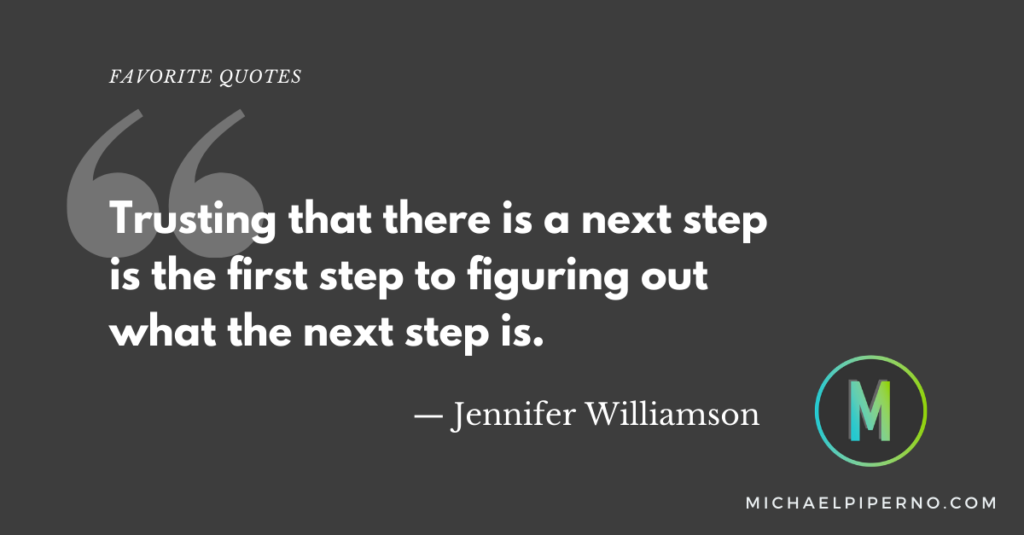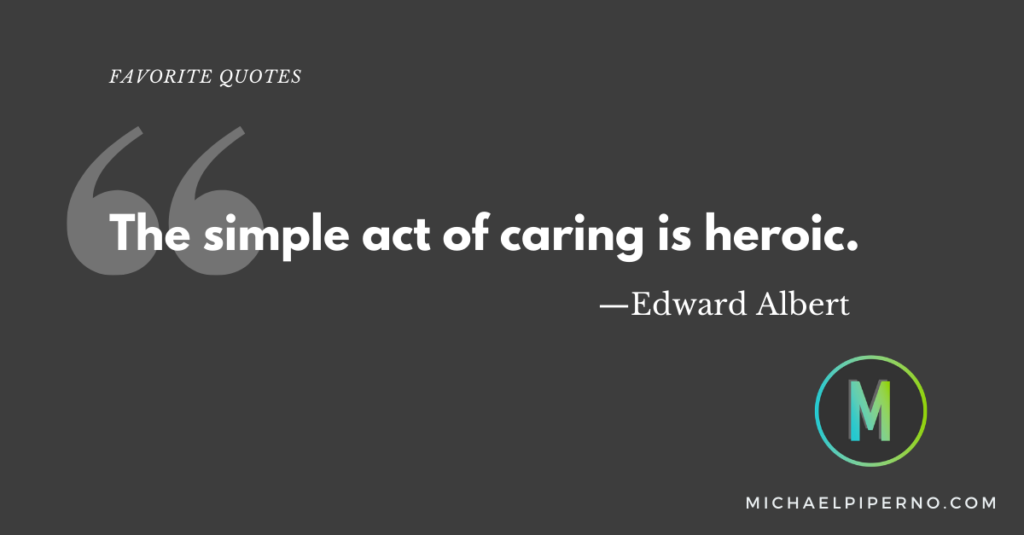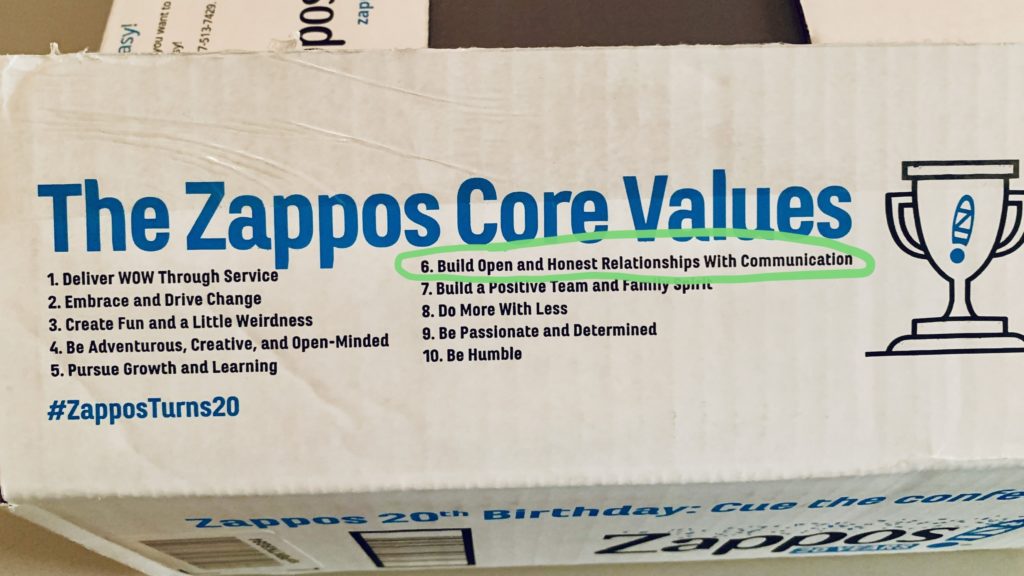Yes, and…
I wanted to be an actor when I grew up. While my adult life didn’t go according to that plan, I was fortunate to do a lot of acting when I was younger. I also have a degree in Speech and Theatre Arts and began my career teaching theatre classes to high school students.
One of my favorite lessons from the theatre is in improvisation, which involves carrying out a scene spontaneously, with no script. My fellow actors and I would make it up as we went along, based only on a theme or topic. Practicing and preforming improv (which is what we called it for short) often led to funny scenes that got the audience laughing, but it wasn’t always comedic. In fact, it was often more difficult when the scenes were serious.
When you are performing without a script, each actor relies on the other to set them up for success. That’s where the phrase “Yes, and…” comes into play. When you use language like this, it confirms agreement with where the story is going, and allows you to build on it. When improvising a scene, you might not literally say “Yes, and…” but that’s the spirit. For example:
ROBERT: “There’s a purple giraffe coming down the street! It must have escaped from that new circus that’s in town!”
DENISE: “I see it, too. I feel like I’m hallucinating. Oh my, now I see a turquoise elephant about 20 feet behind the giraffe. What’s going on?”
By confirming that she sees it too, and then adding to the ridiculous story, Denise supports Robert’s direction for the scene and adds to it so it can move forward. Imagine if she had said, “What? A purple giraffe? I don’t see it.” What’s Robert supposed to do with that response? Momentum shattered. Boom, end of scene.
Try to use this improvisational technique in your business life. If you can confirm what someone else has said to give it validity, and then add to it or expand on it, I’ll bet you’ll have more effective collaborations with your colleagues. And remember, “Yes, and…” is very different from “Yes, but….” The latter conveys disagreement, while the former communicates acceptance.










